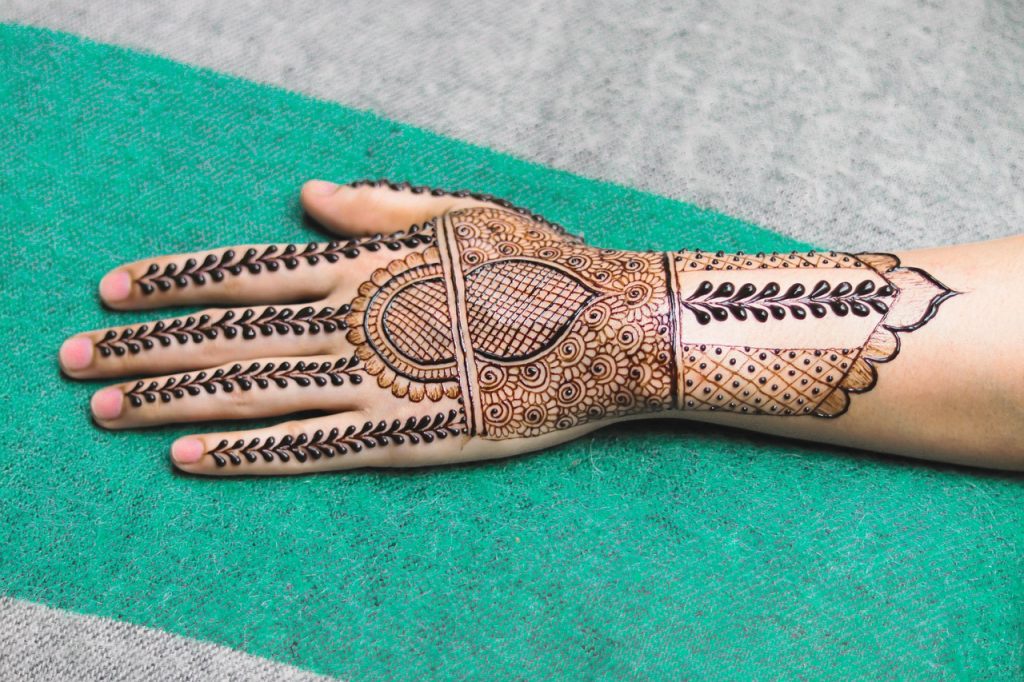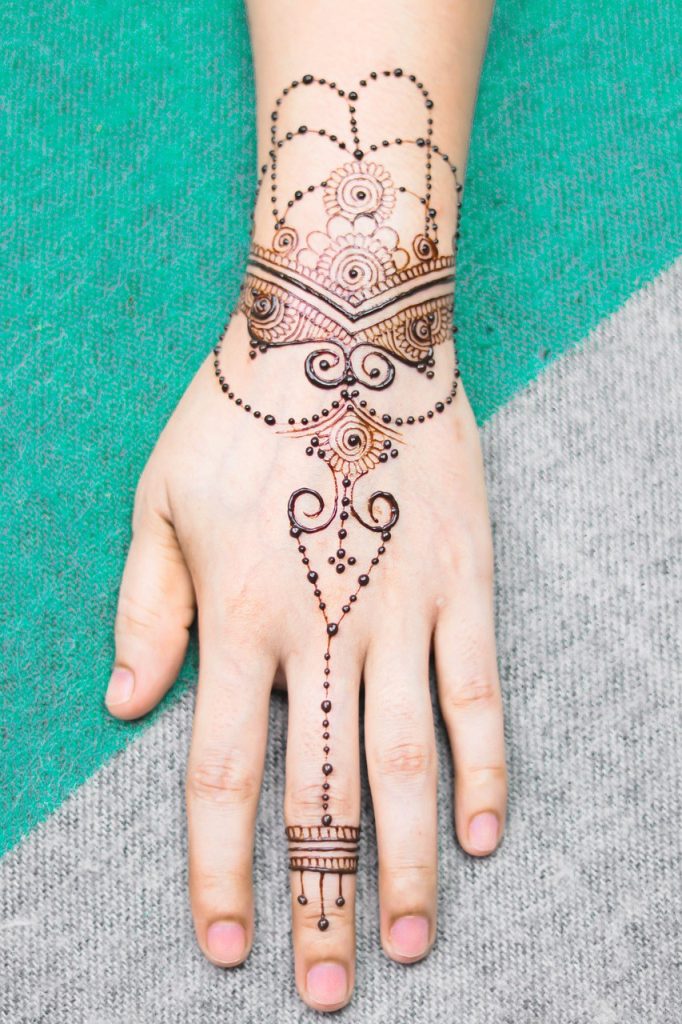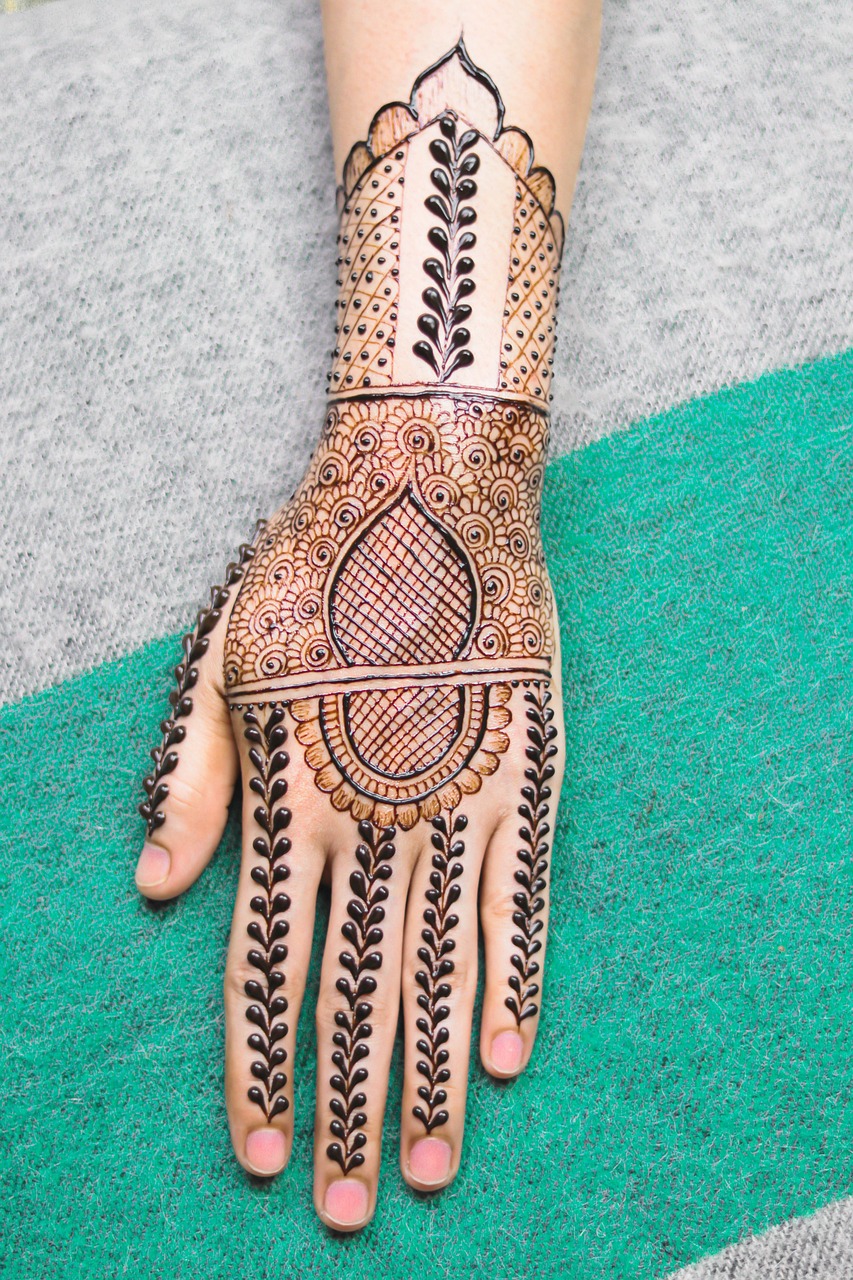The Cultural Significance of Mehndi Design on the Hand Back

Mehndi, also known as henna, has been a cherished tradition in various cultures, especially in South Asia and the Middle East. The intricate mehndi design hand back symbolizes beauty, art, and celebration. These elaborate patterns are not only aesthetically pleasing but also steeped in history, often used during weddings, festivals, and rites of passage.
The back of the hand serves as a perfect canvas for mehndi artists, allowing for expansive designs that flow beautifully with the contours of the hand. Floral patterns, geometric shapes, and even figurative designs are commonly employed to create stunning visual effects.
What Are the Popular Mehndi Designs for the Hand Back?
The most popular mehndi designs vary by region and occasion. Common motifs include paisleys, mandalas, and floral patterns. Each design tells a story and carries its unique symbolism, making them deeply personal for the wearer.
Henna Patterns: Cultural Insights and Designs
Research from cultural sources reveals that the popularity and styles of mehndi designs are influenced by local traditions and customs.
Common Techniques Used in Mehndi Design for the Hand Back

The techniques for applying mehndi have evolved over generations. Traditionally, henna paste was made from natural leaves, resulting in deep reddish-brown stains on the skin. Modern artists often mix additional ingredients to enhance the color or texture. The application tools also vary, from traditional cone applicators to contemporary bottles that offer precision.
How Long Does Mehndi Last on the Hand Back?
On average, mehndi can last from 1 to 3 weeks, depending on skin type, application process, and care. However, darker designs typically last longer and fade gradually over time.
Henna: An Ancient Art and Its Longevity
A study highlights that proper care post-application significantly influences the longevity of mehndi designs, suggesting optimal practices for maintaining the vibrant hue.
How to Care for Your Mehndi Design on the Hand Back

To ensure your mehndi design stays vibrant for as long as possible, follow these care tips:
- Avoid water for the first few hours after application.
- Keep the area moisturized using natural oils.
- Refrain from scrubbing or exfoliating the mehndi-covered area.
Can I Remove Mehndi Once I’m Done?
If you decide to remove your mehndi before it naturally fades, gentle scrubbing with sugar and lemon can help accelerate the process. However, be cautious not to irritate your skin.
“The key to beautiful mehndi lies in both the design and the care after application.” – Henna Artist, Aditi Sharma
Many experts agree that aftercare is just as vital as the application for achieving the best results.
Conclusion

In summary, mehndi design hand back is a beautiful tradition that merges art with culture. From understanding the significance to knowing how to care for your designs, it’s an enriching experience. If you’re looking to explore more about mehndi or trying it for the first time, don’t hesitate to connect with local artists or workshops!
Ready to indulge in the world of mehndi design? Subscribe for more insights, download our comprehensive guide, or share this with your friends!
